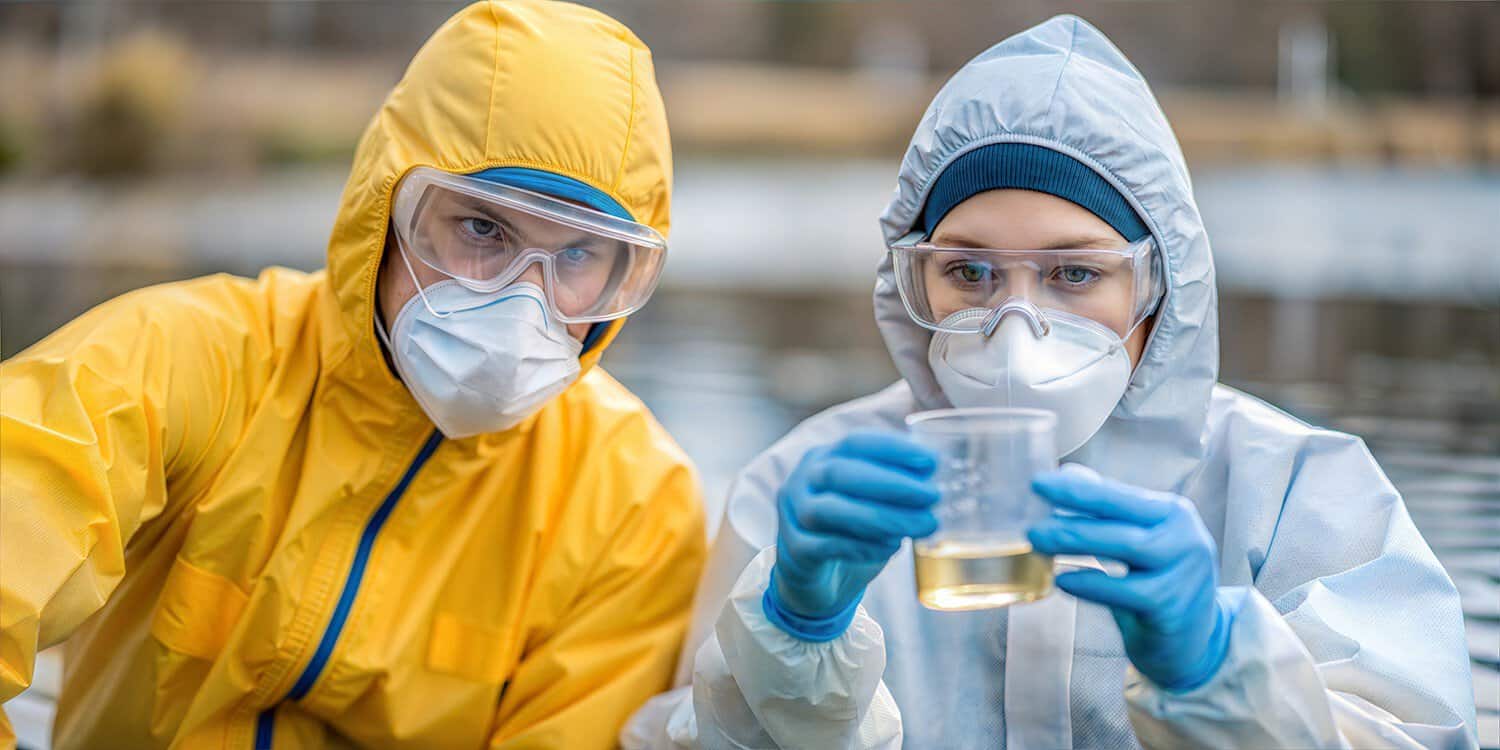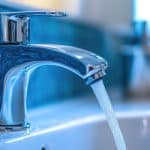Major U.S. Cities with Significant Drinking Water Quality Issues
Following is a list of major U.S. cities that in recent years have had serious drinking water quality issues. Reference links are provided to review relevant publications and news articles.
| City Name | Specific Issues | Contaminants | Main Causes |
|---|---|---|---|
| Detroit, Michigan | Contaminants including lead, PFAS, and disinfection byproducts are present, linked to significant health risks; aging infrastructure remains a concern.10 | Lead, PFAS, disinfection byproducts, and trihalomethanes.10 | Historical industrial pollution, aging lead service lines, and agricultural runoff contributing to contamination.11 |
| Flint, Michigan | Elevated lead levels and presence of Legionella bacteria in drinking water; corrosion of pipes12 | Lead, Legionella bacteria, trihalomethanes13 | Failure to apply corrosion control treatment, infrastructure failures, economic disinvestment12 |
| Jackson, Mississippi | Frequent line breaks, shut-offs, boil-water notices, exposure to toxic lead and harmful bacteria, long-standing water quality violations.14 | Lead, PFAS, harmful bacteria15 | Aging infrastructure, systemic neglect, severe flooding, inadequate governmental response.16 |
| Houston, Texas | Presence of contaminants including PFAS, arsenic, lead; infrastructure failures17 | PFAS, arsenic, lead, benzene, cyanide, mercury, E. coli18 | Aging infrastructure, industrial runoff, extreme weather events17 |
| Chicago, Illinois | Elevated lead levels; nearly 70% of children under six exposed to lead-contaminated water.19 | Lead, PFAS, chromium-620 | Aging lead service lines; agricultural runoff; industrial pollution.21 |
| San Jose, California | Presence of PFAS (PFHxS), lead, arsenic, chromium-6, and disinfection byproducts (HAA5).22 | PFAS (PFHxS), lead, arsenic, chromium-6, trihalomethanes, radium, uranium, and other contaminants.23 | Contamination from groundwater sources, industrial runoff, illegal dumping, and environmental contaminants.24 |
| Oklahoma City, Oklahoma | Presence of contaminants like lead, arsenic, and various disinfection by-products (DBPs). Nutrient pollution from runoff and aging infrastructure are additional concerns.25 | Lead, arsenic, bromate, DBPs, and PFAS (per- and polyfluoroalkyl substances).26 | Nutrient pollution from agricultural runoff, aging pipes, and infrastructure failures; also impacted by naturally occurring minerals in the water sources.27 |
| Columbus, Ohio | Presence of contaminants including fluoride, barium, nitrate, and issues related to aging infrastructure particularly in water distribution.28 | Fluoride, barium, nitrate, atrazine, trihalomethanes, bromodichloromethane.28 | Agricultural runoff, erosion of natural deposits, and fertilizers.29 |
| Colorado Springs, Colorado | Contamination from PFAS and lead; elevated levels of chromium 6 and heavy metals.30 | PFAS, lead, chromium 6, radium, uranium.31 | Industrial waste, runoff from contaminated sites, aging infrastructure, military activities contributing to PFAS contamination.32 |
| New Haven, Connecticut | Presence of lead and PFAS in drinking water; lead levels may sometimes reach unhealthy levels; stormwater runoff and agricultural runoff are significant contributing factors.33 | Lead, PFAS, nitrate, and others; PFAS are particularly highlighted as a growing concern.34 | Stormwater runoff, agricultural pollution, and chemical contamination from industrial activities.35 |
Based on the search results provided, here are some of the U.S. cities that appear to have significant drinking water quality issues:
- Detroit, Michigan – Contaminants including lead, PFAS, and disinfection byproducts are present, linked to significant health risks. Aging infrastructure remains a concern.
- Flint, Michigan – Well-known for its lead contamination crisis. Elevated lead levels and presence of Legionella bacteria in drinking water.
- Jackson, Mississippi – Frequent line breaks, shut-offs, boil-water notices, exposure to toxic lead and harmful bacteria, long-standing water quality violations.
- Houston, Texas – Presence of contaminants including PFAS, arsenic, lead; infrastructure failures. Has the highest level of de facto wastewater reuse at almost 15%.
- Chicago, Illinois – Elevated lead levels; nearly 70% of children under six exposed to lead-contaminated water.
- Pensacola, Florida – Analysts say it has the worst water quality in the country, with 45 out of 101 chemicals tested for discovered, 21 in unhealthy amounts.
- Newark, New Jersey – Has faced significant lead contamination issues in recent years.
- Pittsburgh, Pennsylvania – Has dealt with lead contamination problems.
- Milwaukee, Wisconsin – Has had issues with lead contamination.
- Baltimore, Maryland – Mentioned as having tainted drinking water in recent years.
These cities face various challenges including aging infrastructure, historical industrial pollution, inadequate treatment processes, and in some cases, systemic neglect or inadequate governmental response. It’s important to note that water quality can change over time and efforts are often ongoing to address these issues in many cities.
Families cannot leave drinking water quality up to their municipality. Rather, it is important for families to have their own high quality in-home drinking water purification systems.
Review our website for an innovative drinking water purification system that removes contaminants and converts tap water into a healthful alkaline drinking water loaded with antioxidants.
- https://VeryHealthyWater.Technology – demonstration of our water purification technology














